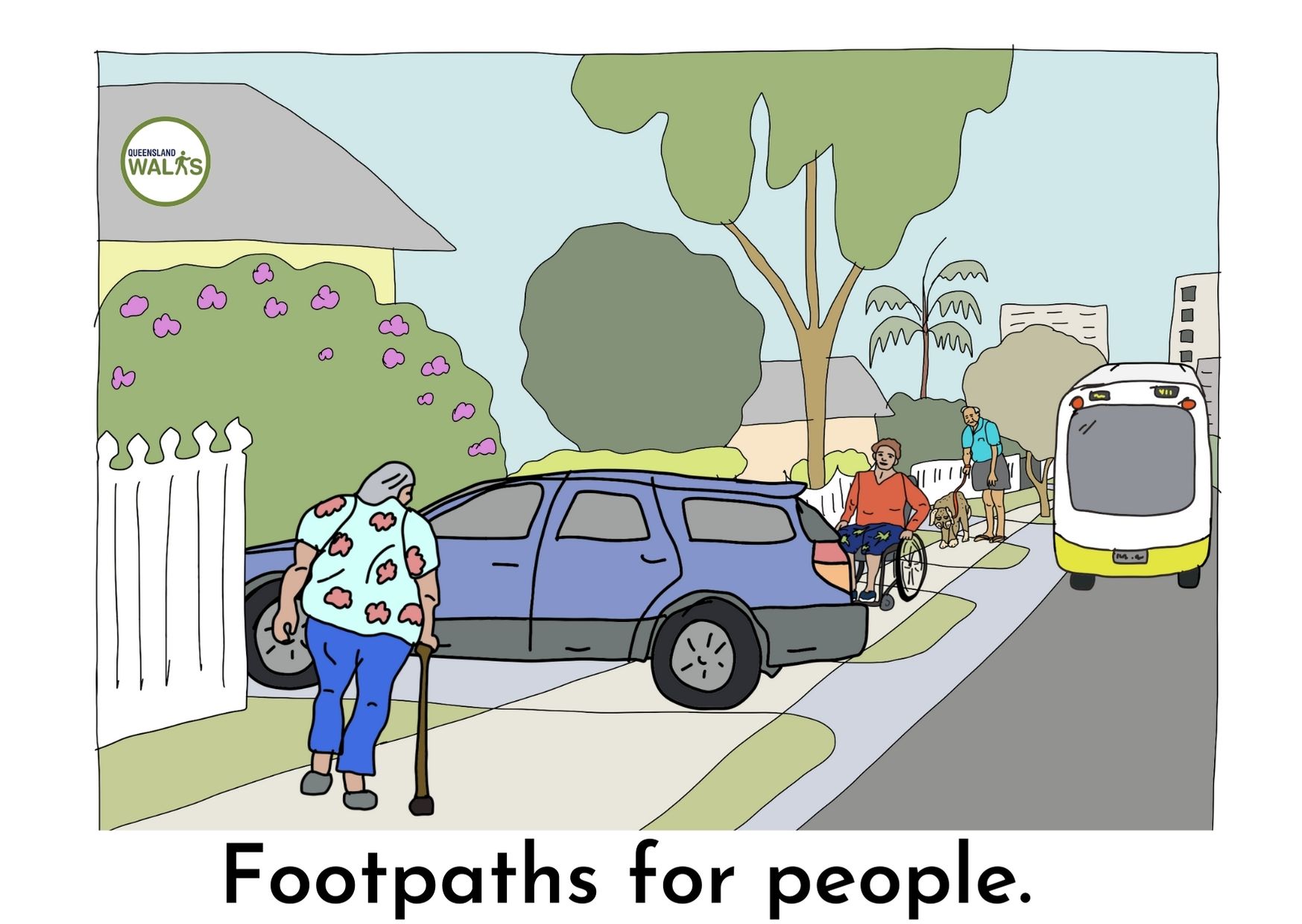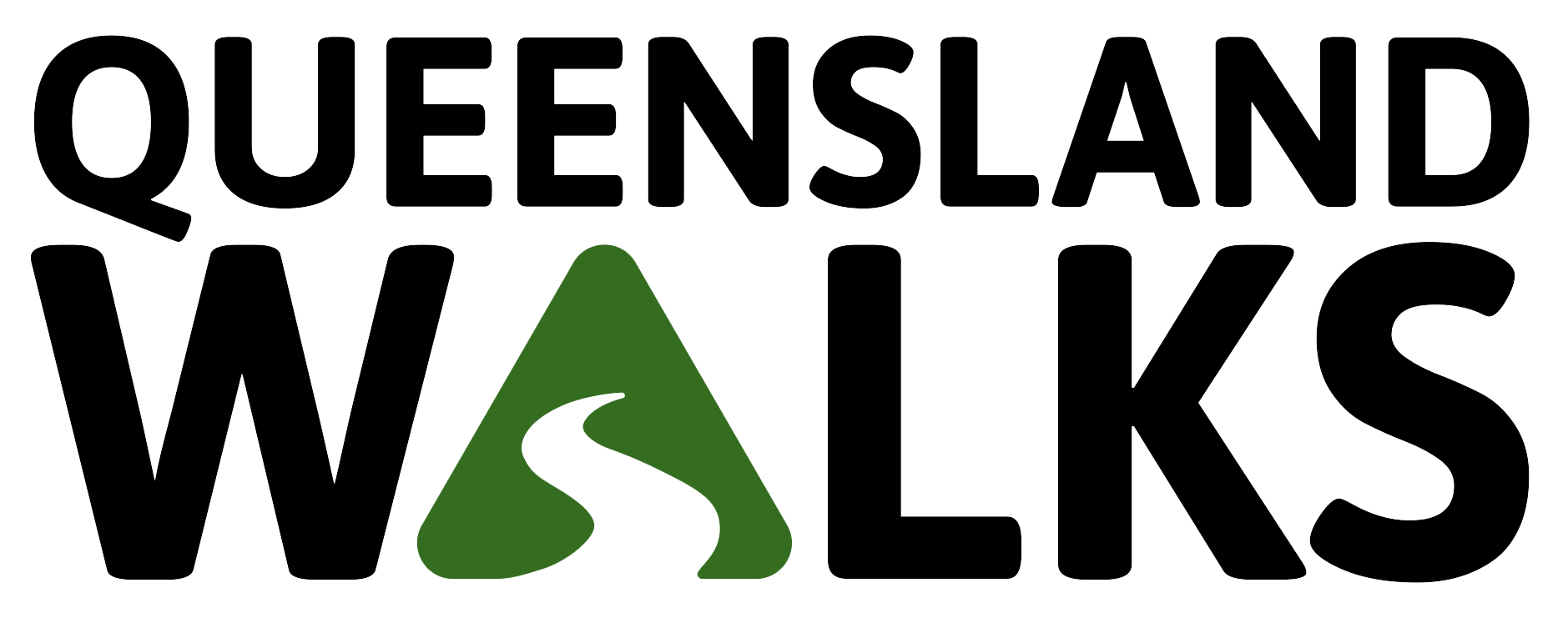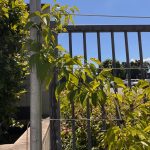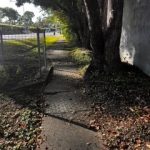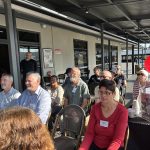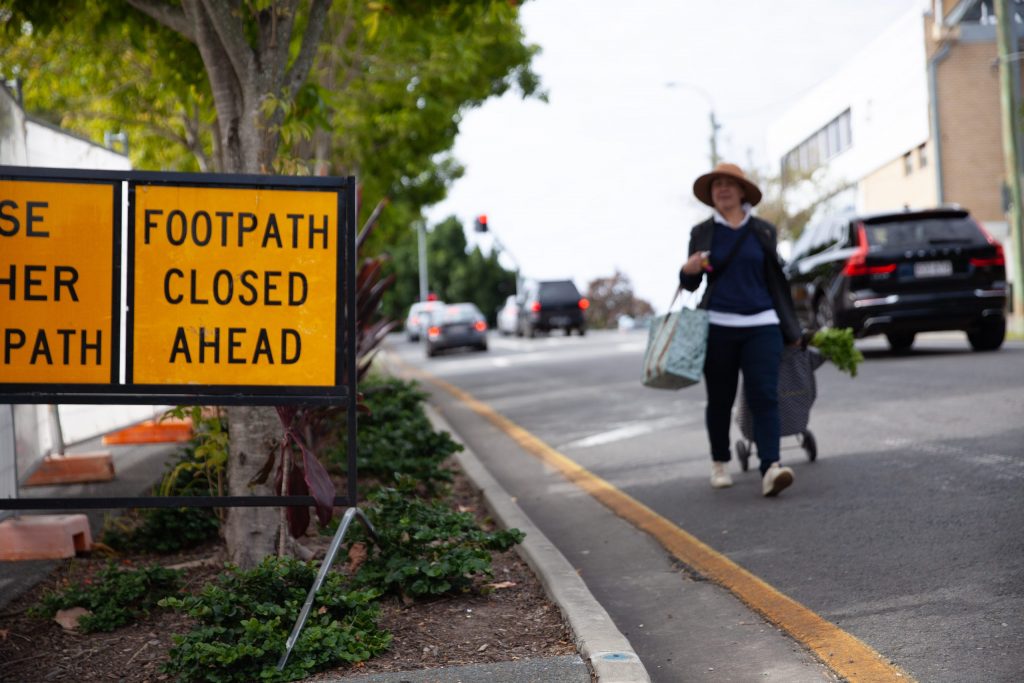You can help to make walking better in Queensland, whether it’s walking in an urban environment, walking in the bush or walking along the beach. Your involvement makes a difference:
- Walk: Go for a walk in your local street, neighbourhood or community. Take someone with you
- Observe: Think about what you like or don’t like about where you walk? What could be better? Use the Queensland Walks checklist
- Rate/Report. Tell your council or your local representative what you found from using the Queensland Walks checklist
- Share: Share your ideas with your neighbours and local community
- Gather: Get a group together to make walking better. Spreading the work around makes it easier, more enjoyable, and more effective.
